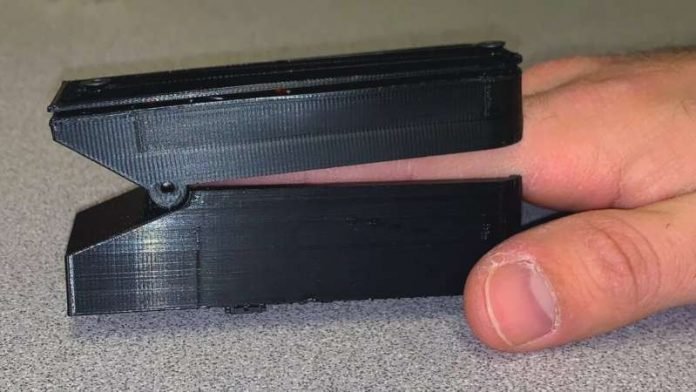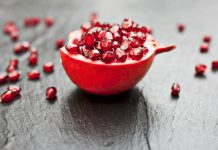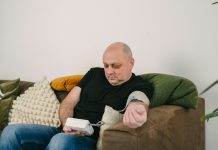
Monitoring a person’s blood pressure on a regular basis can help health care professionals with early detection of various health problems such as high blood pressure, which has no warning signs or symptoms.
However, many things can alter an accurate blood pressure reading, including a patient’s nervousness about having their blood pressure taken at a doctor’s office, otherwise known as “white coat syndrome.”
In a new study from the University of Missouri, researchers found customizing a commercial finger clip device may provide a rapid, noninvasive way for measuring and continually monitoring blood pressure.
The device can also simultaneously measure four additional vital signs—heart rate, blood oxygen saturation, body temperature and respiratory rate.
In the study, the device can record someone’s blood pressure within five seconds by using optical sensors placed on the fingertip that measure the amount of light reflected off the blood vessels underneath the surface of the skin.
This process is called photoplethysmography (PPG), and the device uses two PPG sensors located at two different points on a finger to capture someone’s pulse in order to calculate pulse wave velocity, or how fast the blood is traveling through the bloodstream.
Once the data from the pulse wave velocity is gathered, it’s transmitted wirelessly to a computer for signal processing and blood pressure calculation by a machine learning algorithm.
The researchers said other studies have also shown pulse wave velocity has a strong correlation with blood pressure.
An early test of the device with 26 study participants has provided an accuracy rate of about 90% for systolic blood pressure, and a 63% accuracy rate for diastolic blood pressure.
The team says the accuracy rate differs between systolic and diastolic because diastolic, which is a person’s minimum blood pressure, can change significantly depending on a person’s age, and can also be controlled by various factors, including age, artery stiffness, overall health and body weight.
A provisional patent has been filed for the device. Researchers are currently working on developing the device for at-home use, and their long-term goal includes potential clinical and commercial applications.
If you care about blood pressure, please read studies about beetroot that could protect against high blood pressure, and strength training that could safely reduce blood pressure.
For more information about health, please see recent studies about high blood pressure drugs that could help prevent memory loss, and results showing that lowering blood pressure to this number can strongly reduce heart disease risk.
The study is published in the IEEE Sensors Journal. One author of the study is Richard Byfield.
Copyright © 2022 Knowridge Science Report. All rights reserved.



